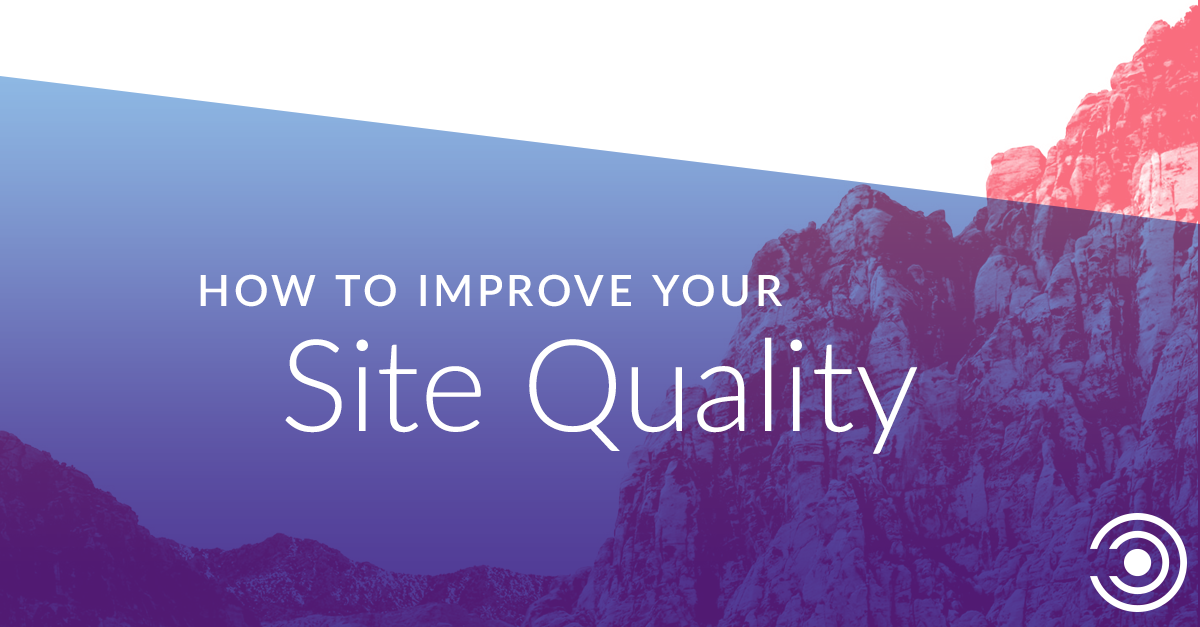Build Your Own Intent-Based SEO Strategy [Free Template]

SEO best practices are constantly evolving, meaning your organic strategy today needs to include more than it used to. Here, we'll cover ways to do more than simply choosing keywords you want to rank for, complete with a free SEO strategy template.
SEO is difficult. Back in the day, nearly anyone could pick a keyword and rank for it. Today, it takes a little more thought and consideration. You have to understand the user journey, pick keywords you want to target, build your strategy, and measure, and then repeat it all over again. At the heart of these strategies–regardless of the goal–is to identify search intent and find opportunities to leverage.
One of our clients has a very difficult industry – healthcare. 77% of patients search online for healthcare information, but turning someone into a patient isn’t an easy task. Healthcare searches can be either reactive or proactive, with completely different user journeys and intent each time.
To combat this, we had to take a traditional SEO framework and create a process that could be repeatable, flexible, cost-effective, and measurable. This resulted in a template that our team uses from start to finish to build our SEO strategies.
I gave this template away for free during my Mozcon 2017 presentation and you can access your own copy below. Check out the slides if you missed it.
<< Download the free SEO strategy template here>>
You might think I’m crazy for giving away our template and process. And I probably am. But this framework and template isn’t a replacement for solid SEO expertise. It takes an SEO team with experience to take this framework and build a strategy that drives growth.
Reach out to Adept for support building these strategies or keep reading to learn how to utilize the template for yourself.
Template Overview
Each tab takes you through the process to create your SEO strategy from start to finish. Here’s a brief overview of why each tab is there and how to utilize it.
As a caveat, this won’t be perfect for every business without some minor tweaks here and there. Make a copy and turn it into what works for you!
- Discovery & Goals –Document all related goals, audience information, business insights, new content, and KPIs here. Use this in the future to set up your reports. Don’t ever skip this step, otherwise you’ll build a campaign with no understanding of why, or how to measure.
- Audit – Perform a content audit on all related pages to your goal. This stage will help you understand your current content and state.
- Keyword Research – Build out your keyword research based on seed keywords and user information. Take this time to look at competitors and start prioritizing keywords. Learn more about the keyword research process.
- Keyword Modifiers – Document keyword modifiers into intent stages to help identify search intent and high intent groups. Get a crash course on intent modifiers from STAT Search Analytics, and check out this other blog post to learn how to build your keyword modifier list and automatically group your keywords by intent using a spreadsheet I built.
- Keyword Mapping – Prioritize your keywords on the keyword mapping tab. Include the target URL, intent stage, ideal CTA, and tags for your tracking tool. Upload your tracked keywords to the tracking tool of your choice. Find universal results you can leverage such as local packs, answer boxes, and People Also Ask results. Note these opportunities as you build your strategy.
- Action Plan – All the data above should help define your strategy. Build out an action plan to support the strategy with prioritized recommendations and tactics. Start implementing your action plan if you are handling the marketing yourself. If you are consulting, turn the action plan into a strategic deliverable with specific recommendations and tactics for your clients to execute.
- Content Performance – Document the changes you make to existing content as well as any new content. Include what you are targeting, the page intent, target audience, and ideal call to action. Here, we link to the page recommendation document where we track all content changes and the date we implemented. Add in performance numbers on top of this using a data automation tool such as Supermetrics or manually update.
- Reporting – Use your original goal details to build a report. Your report should include KPIs, key trends, and content performance. The template includes a sample client report. Aim to make these reports automatically update and send to clients if possible. We currently utilize Supermetrics or Data Studio for these.
Don’t just stop here. Utilize everything you’ve done to monitor performance and adjust strategy as needed. Or, restart completely with a brand new strategy to meet another business goal. The fun never ends!
Follow these steps and adjust as needed to build your own strategy. Leave a comment here if you have any questions.
<< Download the free SEO strategy template here>>

